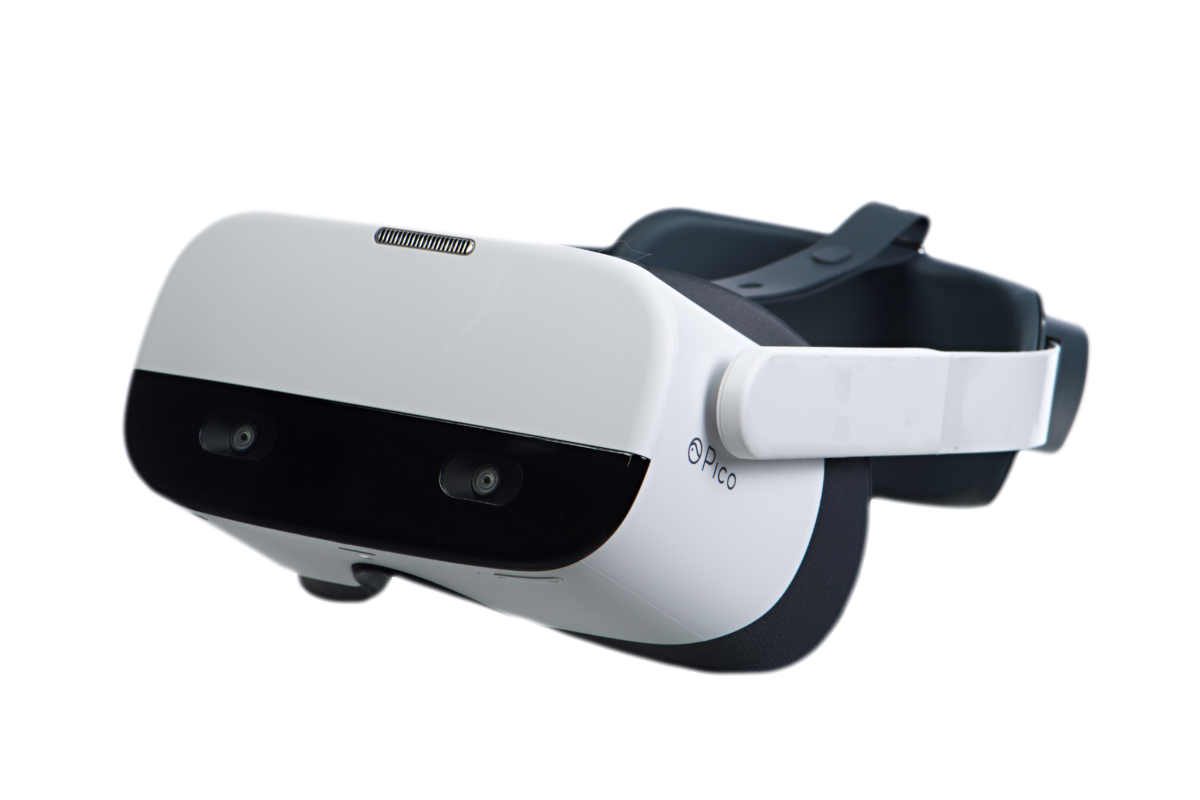As recently as just three years ago, virtual reality for enterprise only seemed like a far-off, futuristic endeavor. As the business world began to explore the technology, concerns grew related to content creation, implementation, and hardware needs, especially across large or rapidly growing organizations. Today, a VR platform can meet this demand by eliminating concerns for distribution, creation, and management of VR content.
More recently, the unique realism of VR is proving to be not just feasible, but increasingly necessary for enhancing remote business needs, such as recruitment and education, field work, collaborations, and high-stakes work, throughout many industries.
This evolution has made way for a new phase of VR exploration among businesses who are finding that VR solutions can advance organizational growth.
Evolved VR training brings workforce improvements
One of the biggest success stories for VR has been in the training field. VR technology provides training capabilities that are both equal to, and better than, “IRL” (“in real life” for the uninitiated) workforce training in a variety of ways.
Within 3D photorealistic worlds that closely replicate actual work locations, employees can experience hands-on, in-person learning — remotely. This can include the additional training enhancement of multi-user functionality, wherein whole teams can train together in VR worlds to incorporate the benefits of in-person training, but from any location, with potentially hundreds or even thousands of miles between trainees and trainers.
More efficient than real-world training, employees have the ability to repeatedly practice scenarios, with options to randomize them to mimic the unpredictability of daily work. This is especially important in skills and safety training for dangerous or costly situations that would otherwise be highly risky.
Some companies are even using VR to measure biometric data, such as heart rate and respiration of training participants during stressful exercises to understand whether they need more stress management training.
A VR platform gives the ability to track and analyze trainee performance, while also giving trainees instant feedback to learn in a fully immersive setting.
VR platforms expand opportunities
As demand for VR technology increases, a bottleneck has formed, making it difficult for some to get their hands on a VR training (or other) program and implement it across their organization.
Previously, many organizations searching for relevant VR content had to go through the time- and resource-consuming process of vetting numerous VR development companies, then doing their due diligence to ensure those companies’ VR experiences would meet specific training and other business objectives, be compatible with available hardware options, and be made to scale to deliver sufficient ROI to justify all that work.
Put simply: implementing VR at scale was just too complicated — but that’s all changing.
Companies looking to deploy, use, and manage VR and other XR (Extended Reality) content on a global scale are increasingly looking to press the “easy button” by leveraging an all-in-one platform that can deliver content and the means to control it.
Through such a platform, rather than lay-out half-a-million dollars for custom VR content, businesses can now access a constantly growing library of available VR titles for training and other purposes, and at an affordable monthly rate — doing much more with less.
Or maybe a business already has its own internally developed custom content, but now lacks the necessary tools needed to provide it to all its potential end-users, or track how it’s being used and by whom.
Or maybe a business has engaged a third-party content creator for its VR needs, but still faces all the same irksome implementation and distribution challenges it would with its own privately developed content — user authentication, extending and revoking permissions, aggregating and analyzing data, etc.
A complete, end-to-end, VR content solution can address all these challenges with one, elegant, web-based platform.
A VR platform can grow (and improve) an organization
With the arrival of comprehensive VR platforms, businesses can begin seriously investigating how a widely used VR program can help improve not just training, but individual departments, as well as overall company operations.
We can see this on display in at least two areas currently — growth through improved hiring and onboarding, as well as overall workforce efficiencies.
Growth through hiring and onboarding
Using VR tools for hiring allows easier remote access to an international talent pool of potential employees.
By providing a realistic simulation of what day-to-day job tasks will entail, VR can give applicants and prospects a better sense of what working life in your company is like — virtual tours, team collaborations in VR, interactions with specific equipment, etc. — before taking the job.
On the hiring side, VR can be used to run potential candidates through realistic scenarios or test their baseline skill levels first-hand, with real, tracked data that reduces subjectivity. New hires that excel, for instance, can be identified and potentially fast-tracked for additional leadership roles or responsibilities, ensuring a company is leveraging its human capital wisely. On the “negative” side of these assessments, this same process can reveal limitations or potential issues with candidates who otherwise “look good on paper”, but may not work out.
From soft skills to hard skills, VR can improve an organization’s visibility into employee capabilities and areas for improvement.
Many industries, including military, banking, automotive, e-commerce, construction, and hospitality are already using VR in these ways for hiring and onboarding.
These tools save time and resources by finding qualified candidates faster, helping to eliminate long gaps for open positions, as well as turnover from hiring the wrong fit.
Much of the upcoming workforce, including millennials and Generation X and Z, would prefer having technology perks such as augmented reality and VR applications at work. One study shows 45% of Generation Z employees in the US believe that VR will revolutionize work in the coming years, (incidentally, 49% in Singapore, and 56% in India agree).
Additionally, once hired, VR training provides the kind of accessibility to new remote employees that is similar to an in-office hire, providing engaging support.
VR onboarding can save a company time and money with more advanced training and faster onboarding. Employees can dive into in-depth training on tasks that are detailed and technical, safety training, soft skills, and general company education.
Expansion through efficiency
The precursors for VR implementation have already been at work, as companies have been making organizational adjustments throughout recent years to improve business. In Deloitte’s 2017 Global Human Capital Trends report, 70% of companies said they were redefining their organizational models, striving for interconnected teams instead of simply top-down hierarchies.
VR is instrumental in helping people interact more — and tracking how they interact.
According to Deloitte, the cost to implement a VR platform is recovered through savings in travel and training costs. VR increases employee engagement, retention, productivity and risk mitigation, which also saves time and money, making its benefits quantifiable.
VR also greatly expands opportunities for collaboration, advancing beyond foundational communication uses, as companies are implementing VR to develop building, machinery, and product plans in manufacturing, pre-construction visualization in architecture, or to test medical studies in healthcare.
VR’s capabilities will continue to grow as more organizations discover the innovative opportunities that VR platforms provide.
Would VR help your organization grow and improve?
As VR platforms make content and remote tools more readily available for enterprise, we’re seeing the realities of how it can enhance businesses on a variety of levels, from employee onboarding, to training and learning retention, to better products, and so on.
What could this mean for your company’s operations? Reach out to learn how our PIXO VR Platform can help grow and improve your organization.

PIXO Has Improved VR Management to One Easy Step

